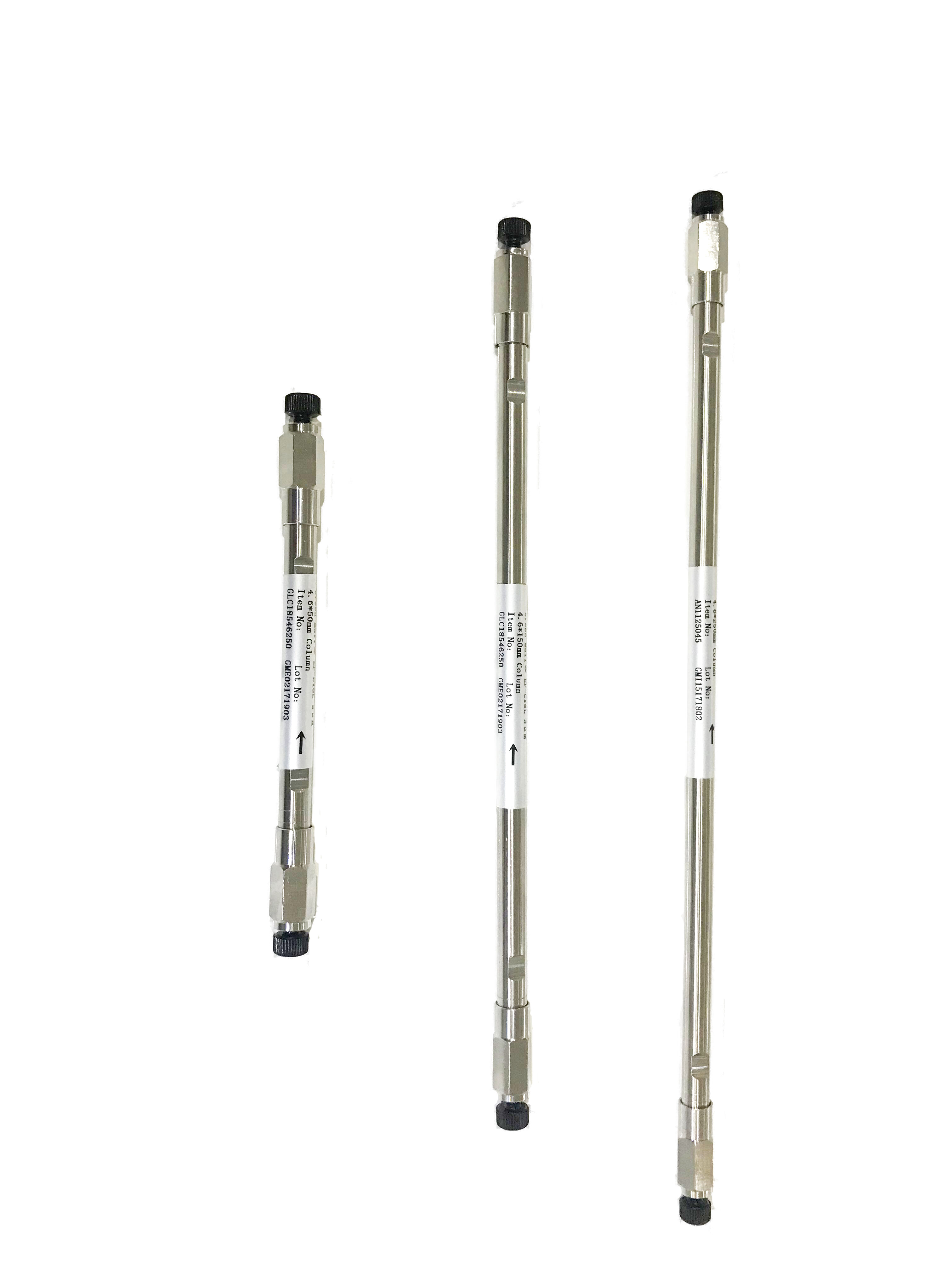հակառակ ֆազային hplc սյուն
Հեղափոխական փուլ HPLC սյունակը ներկայացնում է հիմնարար բաղադրիչ ժամանակակից վերլուծական քիմիայում, որը կարեւոր գործիք է տարբեր միացությունների առանձնացման եւ վերլուծության համար: Այս մասնագիտացված սյունակը օգտագործում է սիլիկայի մասնիկների հետ կապված հիդրոֆոբիկ կայուն փուլ, որը սովորաբար բաղկացած է C18, C8 կամ C4 ածխածնի շղթաներից: Միակական դիզայնը թույլ է տալիս մոլեկուլների առանձնացումը, որոնք հիմնված են դրանց հիդրոֆոբիկ հատկանիշների վրա, ավելի շատ հիդրոֆոբիկ միացություններով ավելի երկար պահվում են սյունակում: Մոբիլիզացված փուլը սովորաբար բաղկացած է ջրի եւ օրգանական լուծիչների խառնուրդից, որը ստեղծում է ճշգրիտ առանձնացումը հեշտացնող դանդաղ: Տեխնոլոգիան գործում է հիդրոֆոբիկ փոխազդեցությունների սկզբունքով, որտեղ ավելի մեծ հիդրոֆոբիկություն ունեցող մոլեկուլները ավելի ուժեղ պահպանում են ժամանակները: Այս սյունակները բացառիկ բազմակողմանիություն են ցուցաբերում մի շարք միացությունների վերլուծության մեջ՝ փոքր մոլեկուլներից մինչեւ բարդ սպիտակուցներ: Նրանց կիրառությունները տարածվում են դեղագործական վերլուծության, շրջակա միջավայրի վերահսկման, սննդի անվտանգության փորձարկման եւ կենսաքիմիական հետազոտությունների վրա: Սյունակի արդյունավետությունը մեծանում է բարձր ճնշման հանդուրժողականությամբ եւ մասնիկների չափերի միասնական բաշխմամբ, ապահովելով հետեւողական եւ հուսալի բաժանումներ: Ժամանակակից հակառակ փուլային HPLC սյունակները ներառում են առաջադեմ կապման տեխնոլոգիաներ, որոնք ապահովում են բարելավված կայունություն եւ վերարտադրելիություն տարբեր վերլուծական պայմաններում:
